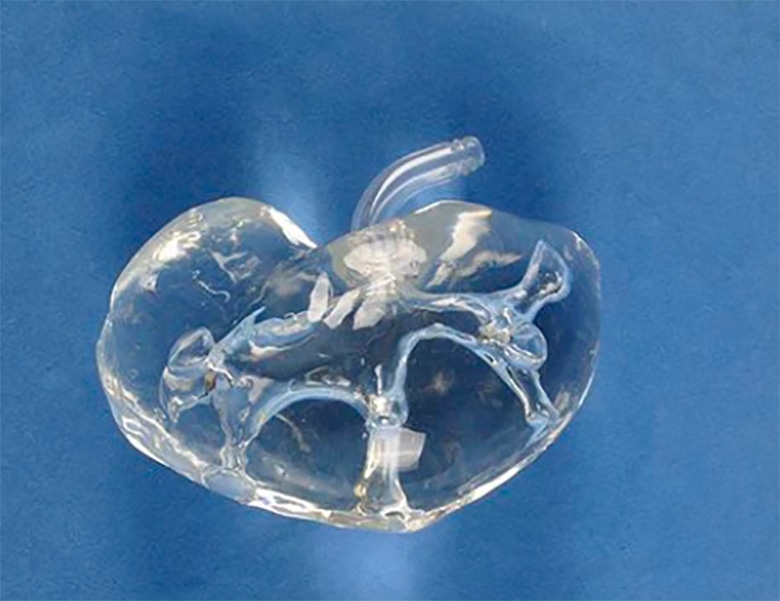
#Industry News
Clinical manifestations of acute tubular necrosis of the kidney
Transpreant Kidney Model
The clinical course of typical acute tubular necrosis can be divided into 3 stages.
Initial stage:
Patients in this stage often suffer from hypotension, ischemia, sepsis and renal toxin, but no obvious renal parenchymal injury has occurred, acute renal injury is preventable at this stage. However, with the obvious injury of renal tubular epithelial cells, GFR decreased and entered the maintenance phase.
Maintenance period:
Also known as oliguria phase. This phase generally lasts from 7 to 14 days, but can be as short as a few days or as long as 4 to 6 weeks. GFR remains low. Many patients have oliguria (<400ml/d) and anuria (<100ml/d). However, there are also some patients with urine volume of more than 400ml/d, known as non-oliguric acute kidney injury, mainly due to the injury of the nephrone heterogeneity caused by the disease is mostly mild, the prognosis is better. However, regardless of whether urine volume is reduced, a range of clinical manifestations can occur with renal function decline.
1) Systemic symptoms of acute kidney injury
① Digestive system: loss of appetite, nausea, vomiting, bloating, diarrhea, etc., severe cases can occur gastrointestinal bleeding.
② Respiratory system: In addition to infection, it is mainly due to acute pulmonary edema caused by excessive volume load, manifested as dyspnea, cough, breathlessness and other symptoms.
(3) Circulatory system: due to oliguria and uncontrolled drinking water, excessive body fluids, hypertension and heart failure appear; Various arrhythmias, pericarditis and cardiomyopathy are caused by toxin accumulation, electrolyte disturbance, anemia and acidosis.
④ Nervous system: there are symptoms of uremic encephalopathy such as disturbance of consciousness, agitation, numbness, convulsions, coma, etc. ⑤ Blood system: may have bleeding tendency and mild anemia.
2) Water, electrolyte and acid-base balance disorder
It can be manifested as:
① Reduced urine volume, fluid balance disorder, edema is obvious.
② Metabolic acidosis: mainly because the kidney acid discharge capacity is reduced, while the high catabolic state, so that acidic products are significantly increased.
(3) Hyperkalemia: In addition to reduced renal excretion of potassium, acidosis and rapid tissue decomposition are also one of the reasons.
④ Hyponatremia: Dilute low sodium caused mainly by water retention. In addition, there may be low calcium, hyperphosphatemia, but far less obvious than chronic renal failure.
3) Infection
50% ~ 90% of patients with acute tubular necrosis of the kidney can be complicated by infection, which is a common and serious complication in oliguria stage, and the most common sites are lungs, urinary tract, wound and the whole body.
recovery phase:
The recovery period from the regeneration and repair of renal tubule cells to the restoration of tubular integrity is called the recovery period. GFR gradually returns to normal or near normal range. Patients with oliguria begin to show increased urine volume, may have polyuria, without the use of diuretics, daily urine volume can reach 3000 to 5000ml or more. It usually lasts 1-3 weeks and then gradually recovers. Compared to GFR, the recovery of renal tubular epithelial cell function (solute and water reabsorption) is relatively delayed, often taking several months to recover. A few patients may be left with varying degrees of renal structural and functional defects.





